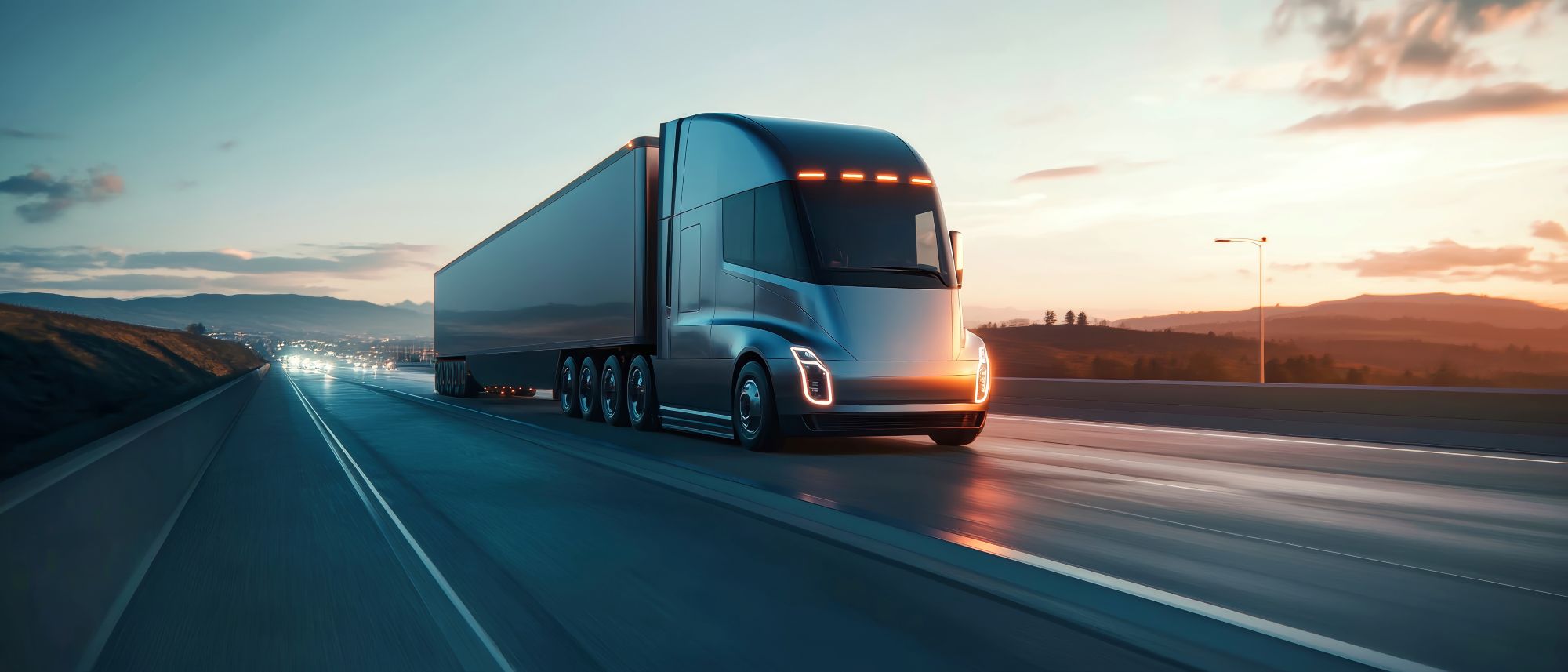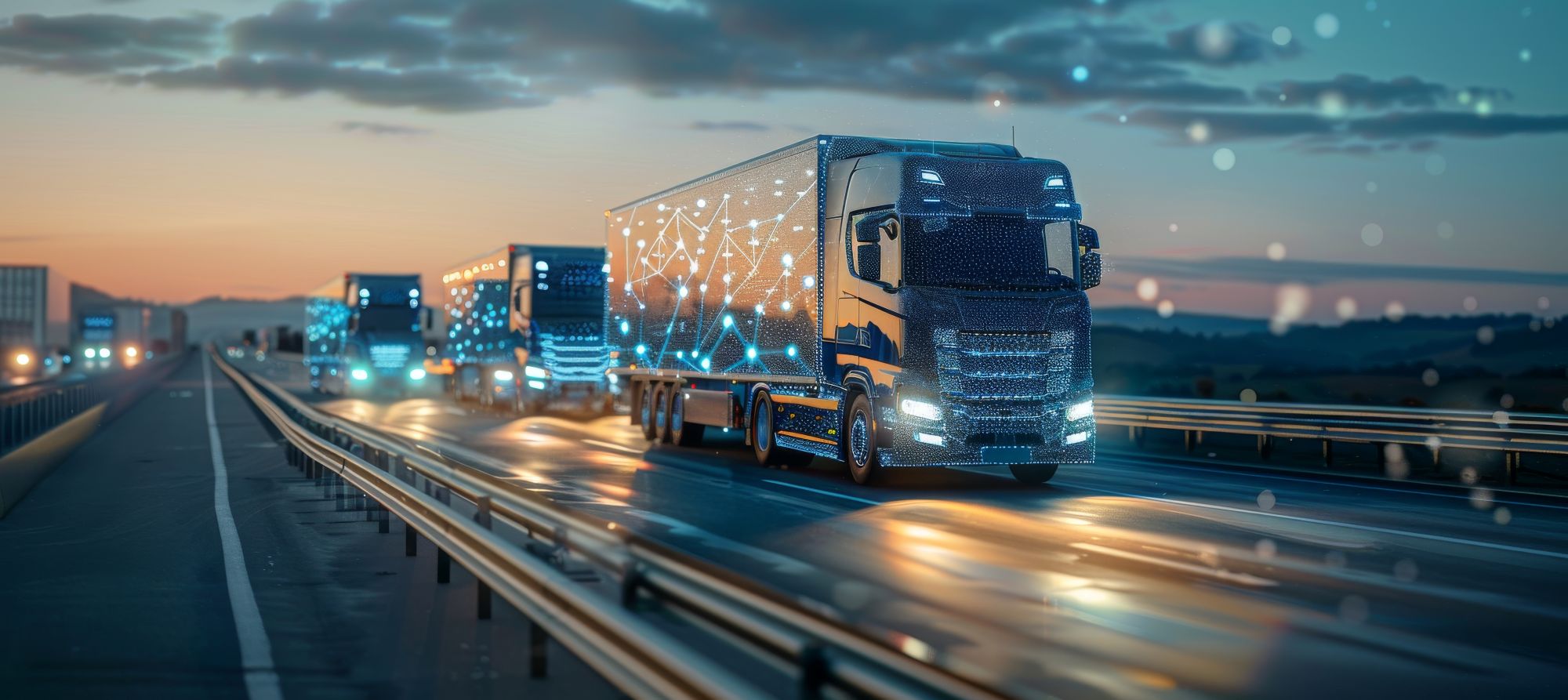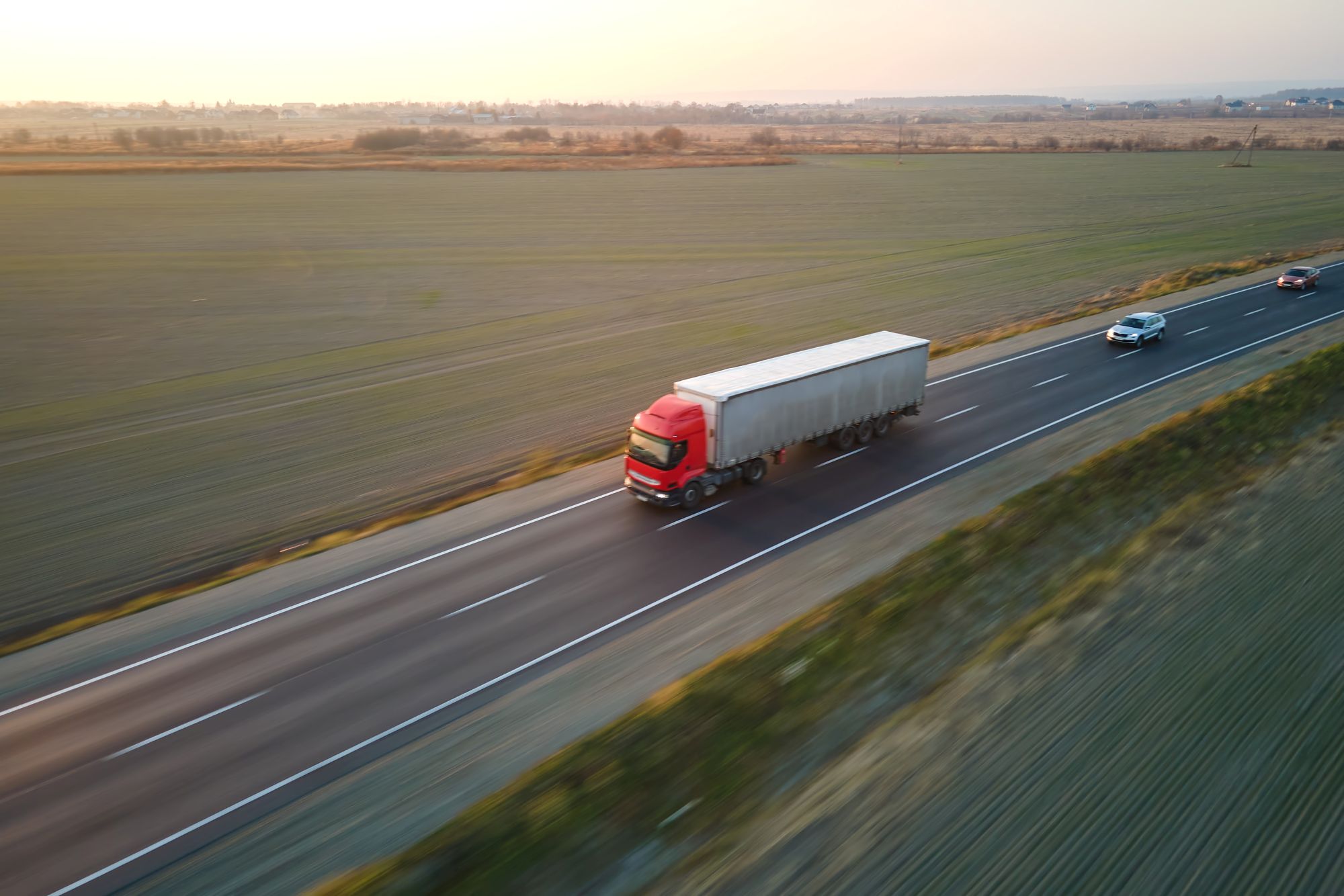
Guest
¿Están cambiando las flotas hacia la integración de vehículos autónomos?
Creado: 28/08/2025
•
Actualizado: 28/08/2025
El rumor en torno a los coches autónomos ya no es tan fuerte como antes, pero sigue siendo un ruido constante en los oídos de los gestores de flotas. El gobierno del Reino Unido ha trasladado los planes piloto de integración de vehículos autónomos a 2026, renovando el interés por esta tecnología. ¿Ignorarán los responsables de la toma de decisiones el ruido o adoptarán la adopción temprana?
¿Qué implica la integración de vehículos autónomos?
La integración de vehículos autónomos implica incorporar tecnologías de autoconducción como la inteligencia artificial, la detección y el alcance de la luz (LiDAR) y las cámaras de alta definición a las flotas comerciales. A mayor escala, supone introducir coches autónomos en los sistemas de transporte público existentes.
Entre los sistemas de asistencia al conductor se incluyen la prevención de colisiones, el ajuste automático de la velocidad, el centrado en el carril, el control de crucero adaptativo y el servicio de taxi inteligente. La automatización parcial y condicional aprovecha tecnologías más avanzadas para permitir el manejo manos libres en determinadas circunstancias.
La automatización de nivel 4 y 5 es una de las principales prioridades de los fabricantes de automóviles, pero es difícil de poner en práctica porque los ingenieros deben tener en cuenta innumerables casos extremos. Incluso con IA avanzada, puede ser difícil perfeccionar el aparcamiento y evitar colisiones. ¿Y si las marcas de la acera apenas son visibles o un niño se cruza en la calzada? La adopción depende de la reacción del coche.
¿Las flotas se pasan a la integración de vehículos autónomos?
Según el Centre for Connected & Autonomous Vehicles (Centro de Vehículos Autónomos y Conectados), la secretaria de Transporte, Heidi Alexander, ha confirmado que el Gobierno británico acelerará los planes piloto comerciales de conducción autónoma para la primavera de 2026. La medida podría crear cerca de 40.000 puestos de trabajo y aportar 42.000 millones de libras a la economía del Reino Unido de aquí a 2035.
La nueva legislación sobre vehículos automatizados del país es una de las más sólidas del mundo y sienta las bases para una adopción comercial generalizada. La madurez tecnológica es el único obstáculo que queda.
En una entrevista con McKinsey & Company, Sascha Meyer, CEO de la empresa alemana de tecnología automovilística MOIA, afirmó que predecir los plazos de integración de los vehículos autónomos ha sido todo un reto. En 2016, su empresa MOIA creía que los vehículos sin conductor proliferarían en toda Europa para 2021.
Desde entonces, Meyer se ha dado cuenta de que la adopción implica diseñar todo un ecosistema, no sólo las funciones de conducción. Según el nuevo calendario, los coches autónomos estarán en las ciudades europeas como muy pronto en 2030. Los ingenieros de MOIA están diseñando el prototipo para que supere las redundancias obligatorias. De este modo, estará listo para funcionar comercialmente cuando se apruebe la legislación pertinente.
Factores que impulsan la adopción de vehículos sin conductor
Las flotas de reparto, taxis, servicios públicos y comerciales están experimentando un repunte de los sistemas de asistencia al conductor y la automatización inteligente. Sin embargo, el índice de penetración sigue siendo relativamente bajo, sobre todo teniendo en cuenta el tiempo que lleva existiendo esta tecnología. ¿Cuáles son sus planes de autonomía?
El aumento de la eficiencia es una de las principales razones por las que los gestores de flotas apuestan por la automatización. A diferencia de los humanos, las furgonetas sin conductor pueden funcionar las 24 horas del día. Gracias a los sistemas telemáticos, pueden optimizar la conducción y minimizar el tiempo de inactividad para mejorar la eficiencia del combustible y agilizar los viajes.
La IA es inmune a los errores humanos, lo que elimina las frenadas bruscas y las distracciones al volante. No puede fatigarse y no tiene ángulos muertos. Estas mejoras podrían ayudar a reducir las colisiones en carretera y los accidentes de tráfico, lo que puede mitigar las costosas reclamaciones de indemnización de los trabajadores y reducir potencialmente los costes de los seguros.
El ahorro de costes es otro factor que contribuye a ello. En los niveles 4 y 5, los propietarios pueden optimizar los gastos de mano de obra y compensar la escasez de conductores. Además, los coches eléctricos sin conductor con capacidad de conexión a la red pueden reducir los costes de explotación en casi un 20% a lo largo de 30 años, lo que ayuda a compensar la inversión inicial.

Factores que retrasan la adopción de los vehículos sin conductor
Además de esperar a que la tecnología sin conductor madure, los propietarios de flotas están retrasando la adopción debido a los altos costes iniciales. Integrar LiDAR, IA y telemática en cada camión es caro. Comprar uno nuevo en lugar de adaptarlo es igualmente caro. Incluso si se pudiera ahorrar en costes, la tecnología avanza con rapidez, por lo que la inversión podría quedar obsoleta rápidamente.
La seguridad es otra preocupación. Los sensores fotoeléctricos son estándar en la mayoría de las puertas de garaje modernas. Impiden que la puerta se cierre sobre objetos, coches o personas, y se utilizan en lavaderos y cadenas de montaje de automóviles. Aunque algunos fabricantes de automóviles sólo utilizan sistemas con cámara, los ingenieros han tenido que buscar nuevas soluciones. Hoy en día, muchos utilizan LiDAR, sistemas de navegación global por satélite y sensores ultrasónicos.
Sin embargo, incluso los sistemas más avanzados son falibles. No basta con que los coches automatizados funcionen tan bien como los humanos: deben tener éxito donde los conductores humanos fracasan.
Los sensores existen desde hace años, pero los ingenieros aún no los han perfeccionado. Pueden fallar en casos extremos o escenarios desconocidos. Los coches de nivel 3 solo funcionan en carreteras divididas y con mapas preestablecidos en días despejados. Dado que el Reino Unido experimentó 150 días de precipitaciones en 2021, pueden ser demasiado poco fiables para su adopción a gran escala.
Cómo puede prepararse el Reino Unido para los vehículos autónomos
Puede que la integración de los vehículos autónomos avance lentamente, pero va camino de llegar a su destino en la próxima década. Según un estudio de Goldman Sachs, hasta el 10% de los coches nuevos vendidos en todo el mundo podrían ser vehículos de Nivel 3 en 2030. Prevé que los de Nivel 2 -los que requieren la supervisión del conductor- pasen del 20% de las ventas en 2025 al 30% en 2027.
Los gestores deben considerar el alcance y el coste de la integración de flotas autónomas para determinar si la adopción temprana es adecuada para ellos. Es probable que suponga un ahorro a largo plazo, pero esperar puede ser más gratificante porque da tiempo al avance tecnológico. Si el análisis coste-beneficio no les convence, deberían plantearse una actualización gradual a medida que fallen los coches.
Quienes procedan a su adopción deberán desarrollar políticas de funcionamiento, almacenamiento, seguridad y actualizaciones. Estas normas deben variar en función del nivel de automatización. Por ejemplo, debe exigirse a los conductores de camiones de nivel 3 que presten toda su atención a la carretera para tomar el control en caso necesario.
Educar a los empleados sobre su papel es esencial para el éxito de la implantación. Según un estudio de Volkswagen Financial Services, seis de cada diez personas se consideran mejores conductores que los vehículos autónomos, por lo que es poco probable que sobrestimen las capacidades del sistema sin conductor. No obstante, deben recibir formación explícita sobre las mejores prácticas y los hábitos que deben evitar.
El futuro de la integración de flotas autónomas en el Reino Unido
Las máquinas de conducción autónoma ya trabajan en puertos y almacenes de toda Europa. Automatizar los vehículos de carretera es más difícil porque no circulan por una vía fija. Además, deben tener en cuenta variables como el tiempo y otros conductores. La geolocalización, la telemática y la inteligencia artificial están acelerando su adopción al hacer predecible lo impredecible. Como mínimo, estas soluciones mejoran los tiempos de respuesta y mitigan el error humano, demostrando que estas tecnologías, hasta ahora no probadas, son tan capaces como los conductores humanos.
Por ahora, la automatización total que elimina la necesidad de atención humana sigue siendo teórica. Sin embargo, la conducción manos libres es una realidad, y los sistemas sin conductor podrían convertirse pronto en algo habitual en las flotas comerciales. A medida que los fabricantes de automóviles perfeccionan las funciones de conducción, los propietarios de flotas deben dar prioridad al trazado de rutas, la gestión de conductores y la programación del mantenimiento.

Descubra más en Renovated Magazine.



